Table of Contents
Estonia in a nutshell
Estonia is the northernmost country on the Baltic Sea, located along the Gulf of Finland. With only 1.4 million inhabitants, it offers vast and peaceful landscapes, with unspoiled nature, medieval cities and a relaxing atmosphere. From vibrant Tallinn, to its spectacular islands such as Saaremaa and Hiiumaa, to national parks such as Lahemaa, Estonia is a destination that promises outdoor adventures and breathtaking views.
When to go
Estonia is a destination for all seasons. In winter, you can enjoy activities such as ice skating and skiing, as well as visiting the Christmas markets in Tallinn, while summer is ideal for exploring the Baltic Sea beaches and islands. The shoulder seasons, spring and fall, offer mild temperatures and fewer crowds, making them perfect for excursions to the national parks.
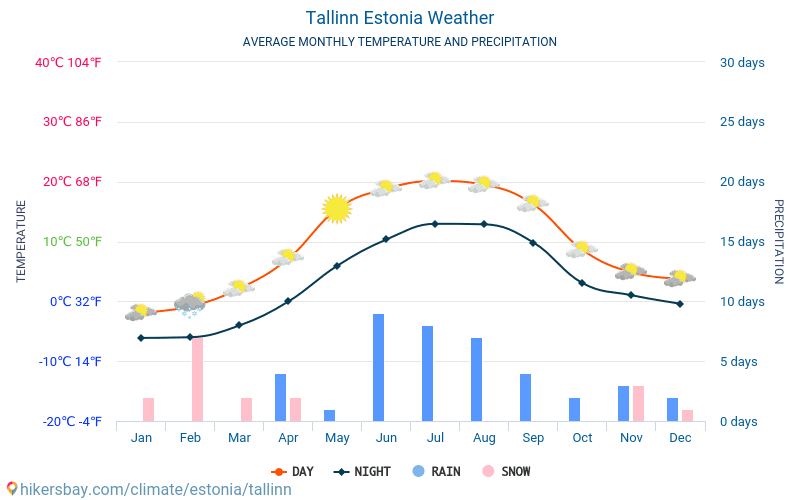
What to see
The Estonian capital is a fascinating mix of history and modernity. Its medieval old town, a UNESCO World Heritage Site, is characterized by cobbled streets, watchtowers, ancient walls and the famous Town Hall Square. Toompea (Domberg) hill is home to the Alexander Nevsky Cathedral and offers a panoramic view of the city. Don’t miss the lively Viru street and the historic St. Catherine’s Passage, where local artisans sell their creations.
Estonia offers a variety of attractions ranging from the fascinating history of its medieval cities to the natural wonders of its islands and national parks. Whether you want to explore the architecture, take long walks in unspoiled forests or relax on quiet beaches, Estonia is a destination that knows how to surprise and fascinate every visitor.
TALLINN
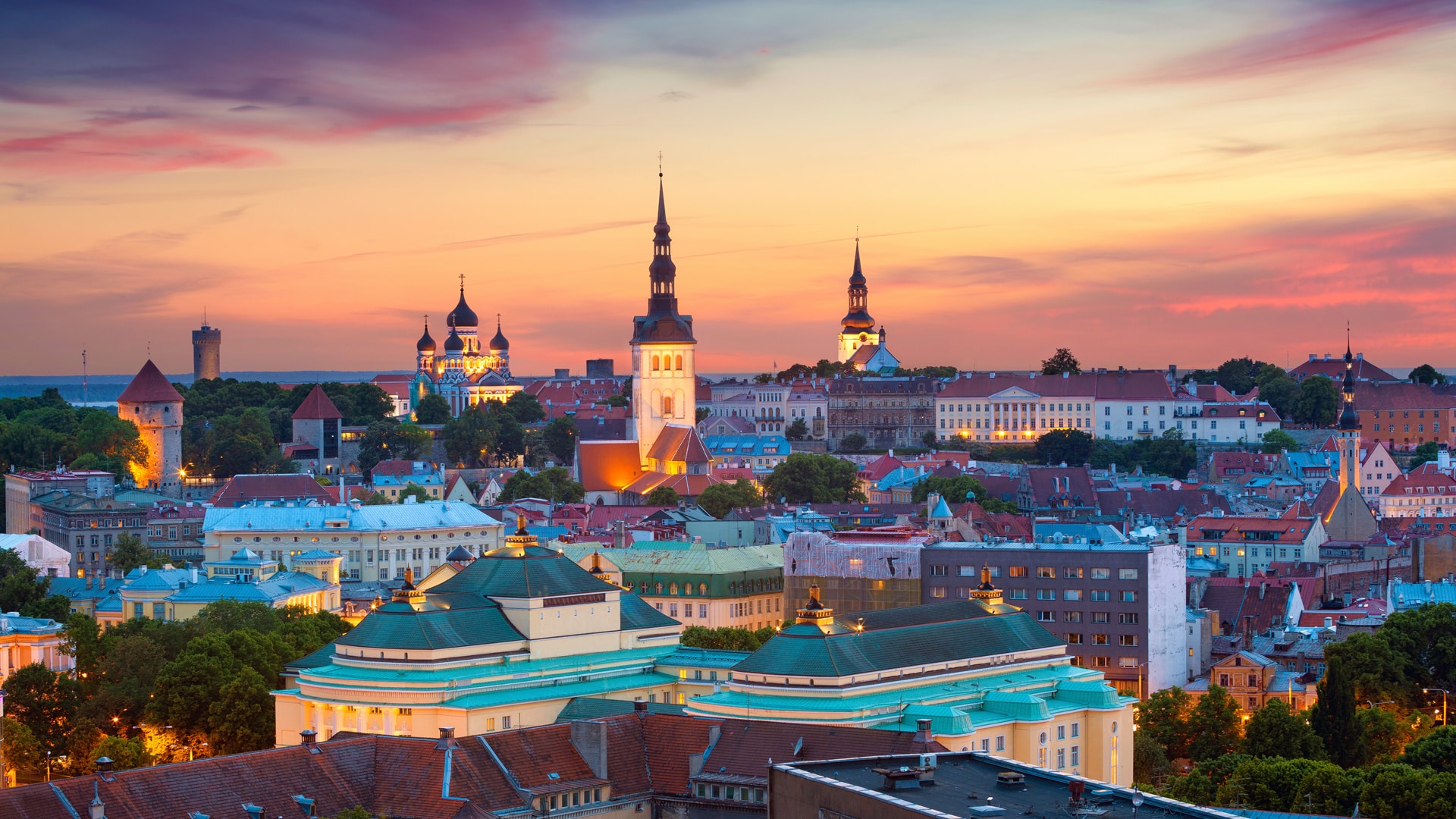
The Estonian capital is a fascinating mix of history and modernity. Its medieval old town, a UNESCO World Heritage Site, is characterized by cobbled streets, watchtowers, ancient walls and the famous Town Hall Square. Toompea (Domberg) hill is home to the Alexander Nevsky Cathedral and offers a panoramic view of the city. Don’t miss the lively Viru street and the historic St. Catherine’s Passage, where local artisans sell their creations.
TIPS
In summer, cruise ship tourists invade the small Old Town. Check the arrival times of the ships and adapt your itinerary accordingly. When a cruise ship arrives in the city, explore the museums or neighborhoods outside the historic center during the day and return when most of the cruise passengers have left, in the late afternoon.
VIIMSI MARKET
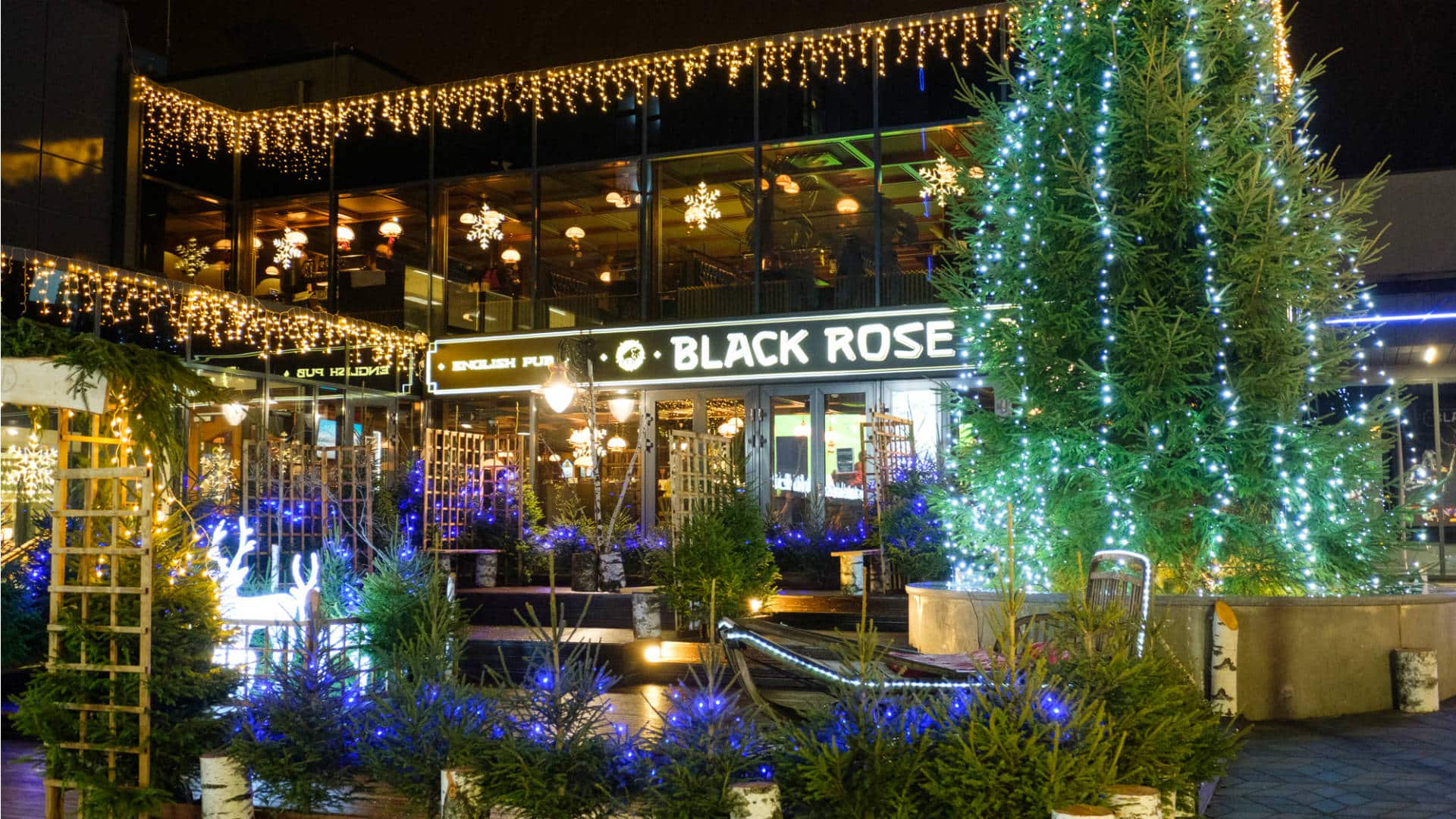
A few kilometers north of Tallinn, the Viimsi Farmers’ Market offers the opportunity to immerse yourself in Estonian daily life. Every Saturday, locals and tourists gather by the sea to buy fresh produce, local handicrafts and enjoy traditional food. It’s a great way to experience Estonian culture in an authentic setting.
SAAREMAA ISLAND
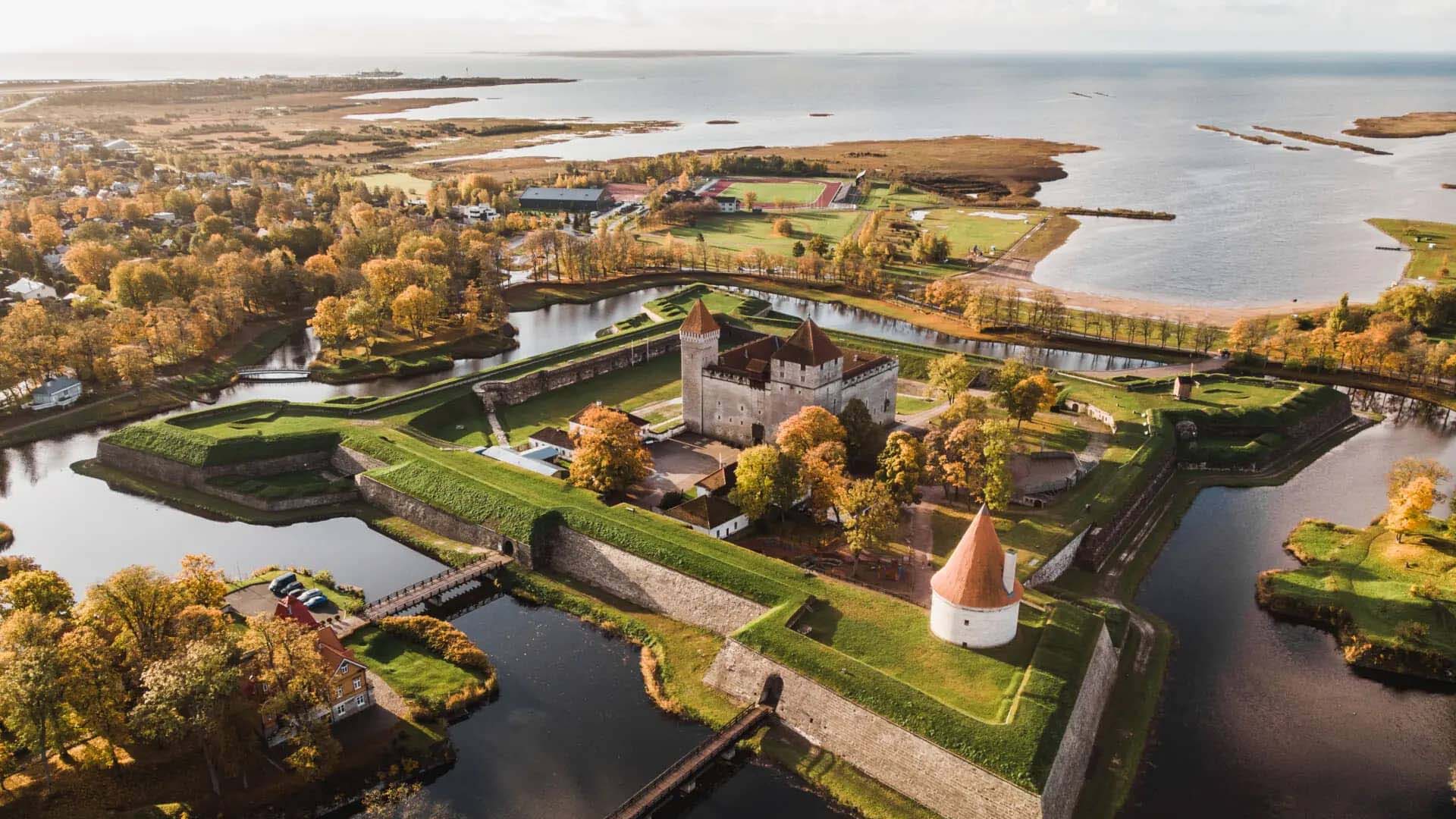
Saaremaa is famous for its lunar landscapes and its fascinating history, with the Kuressaare Castle as one of the main attractions. Its coastline is rugged and offers spectacular views of the sea, perfect for walks and picnics.
TIPS
To reach it, we recommend you take the ferry to Kuressaare (the island’s main town).
Drinking a craft beer. Saaremaa has a long tradition of craft beer production. Every summer, the island of Saaremaa hosts a fascinating festival that offers visitors the opportunity to taste the best varieties of local beer, accompanied by a rich program of music and events. However, at any time of the year, enthusiasts shouldn’t miss the opportunity to taste homemade beer, prepared with only malt and hops, and served in characteristic wooden mugs.
Rent a bike. Considering that the island of Saaremaa is not small at all, it would be impossible to visit it all on foot, so to immerse yourself in its natural beauty, explore it by bike. The vast majority of tourist facilities, including hotels, B&Bs and guesthouses, offer bike rental at affordable rates. So, for cycling enthusiasts, the island offers the opportunity to freely explore a myriad of routes that cross cliffs, beaches, meadows, woods and forests.
Birdwatching. Saaremaa, the island that celebrates nature, offers many opportunities to spot local wildlife. However, if you are a birdwatching enthusiast, we recommend that you immerse yourself in this fascinating activity in the forest or along the coast within the Vilsandi National Park. Here, you will have the opportunity to observe many of the rarest bird species that populate Estonia, many of which can only be spotted in Saaremaa.
NATIONAL PARKS
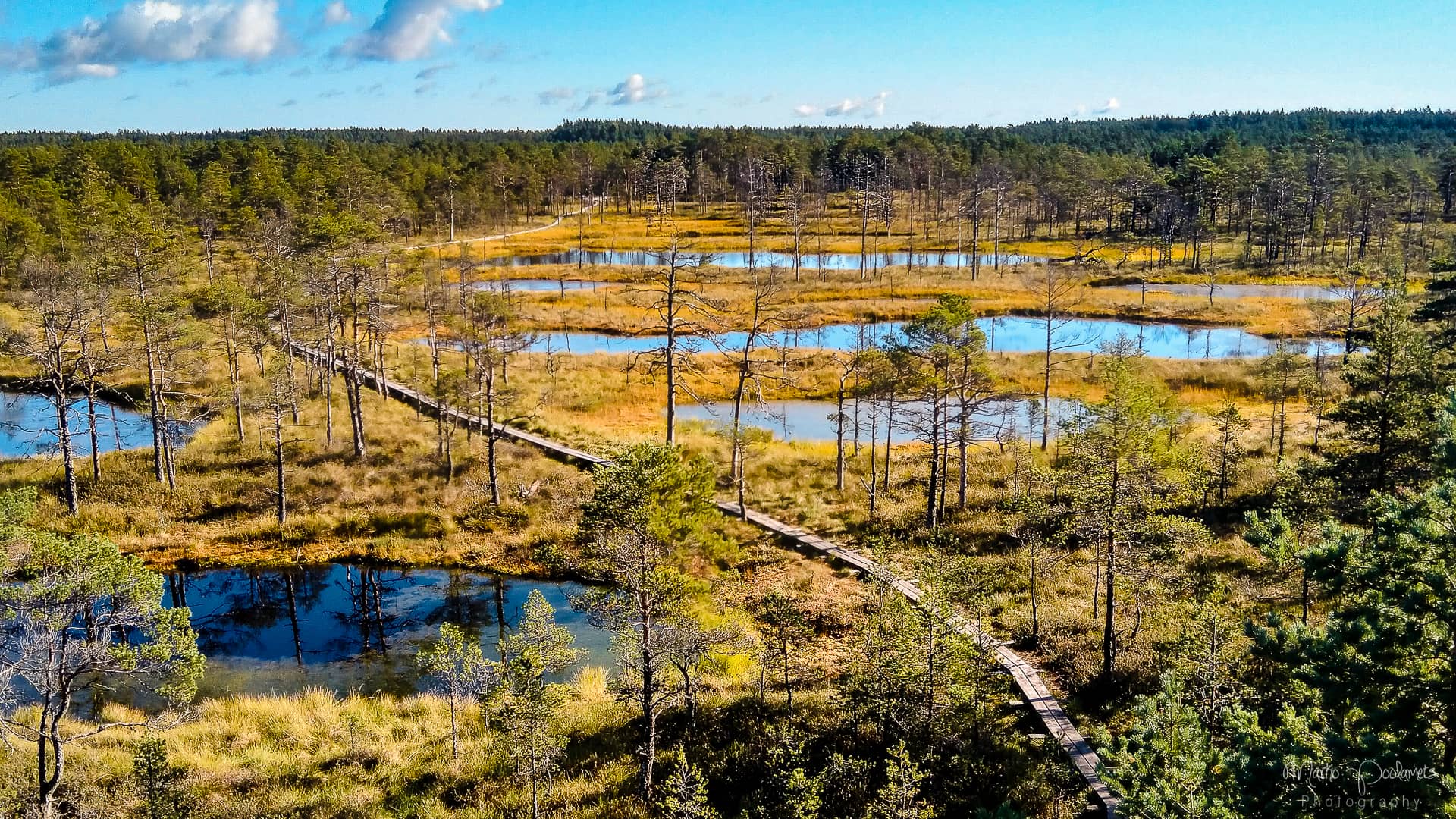
Untouched forests, hidden bog lakes, and long, winding coastlines. Nature lovers shouldn’t miss the Lahemaa National Park, the largest in Estonia. This park, located on the north coast, is famous for its ancient forests, rocky beaches, historic manors and rich wildlife, including moose and sea eagles. Soomaa National Park, in the southwest of the country, is known for its vast marshes and spring floods, which create a unique landscape. Here you can go canoeing, walking along nature trails and observing the local wildlife.
TIPS
Go to Alataguse National Park for best bear watching.
KÖRVEMAA
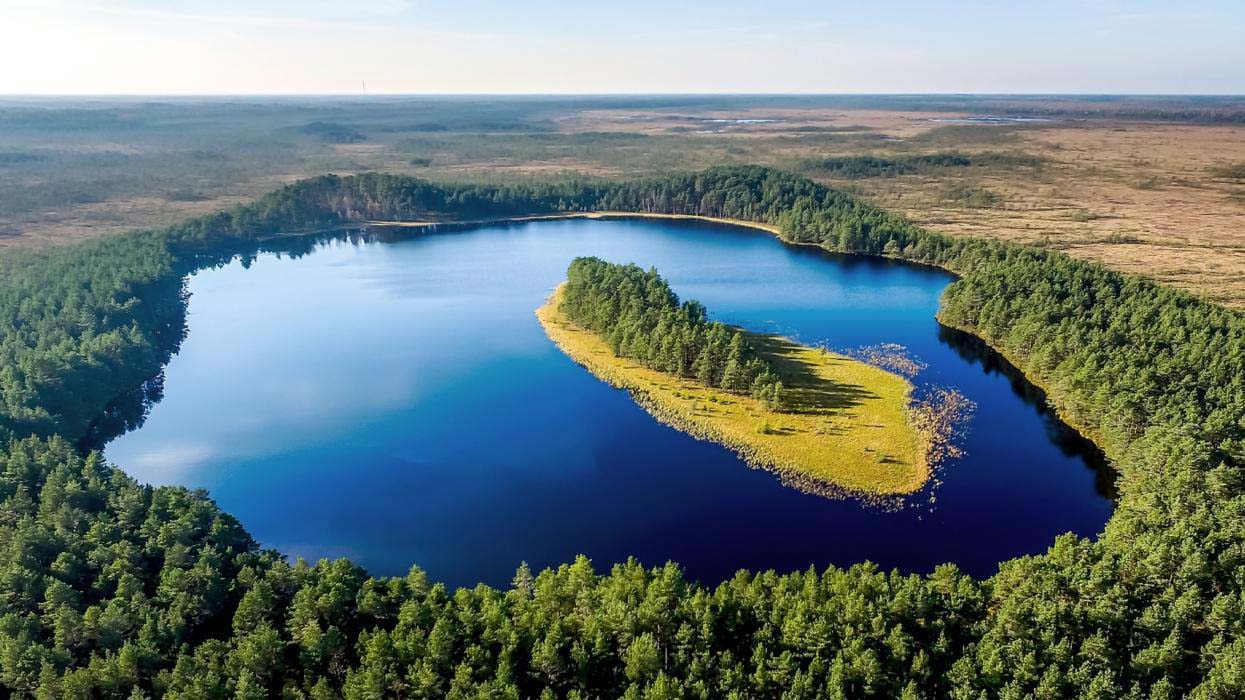
Known as the “Switzerland of Estonia”, Kõrvemaa is a hilly region full of lakes, forests and valleys. This area, a short distance from Tallinn, is perfect for hiking, cycling and birdwatching enthusiasts. In winter, the area also offers cross-country ski trails and a few small ski resorts.
PÄRNU
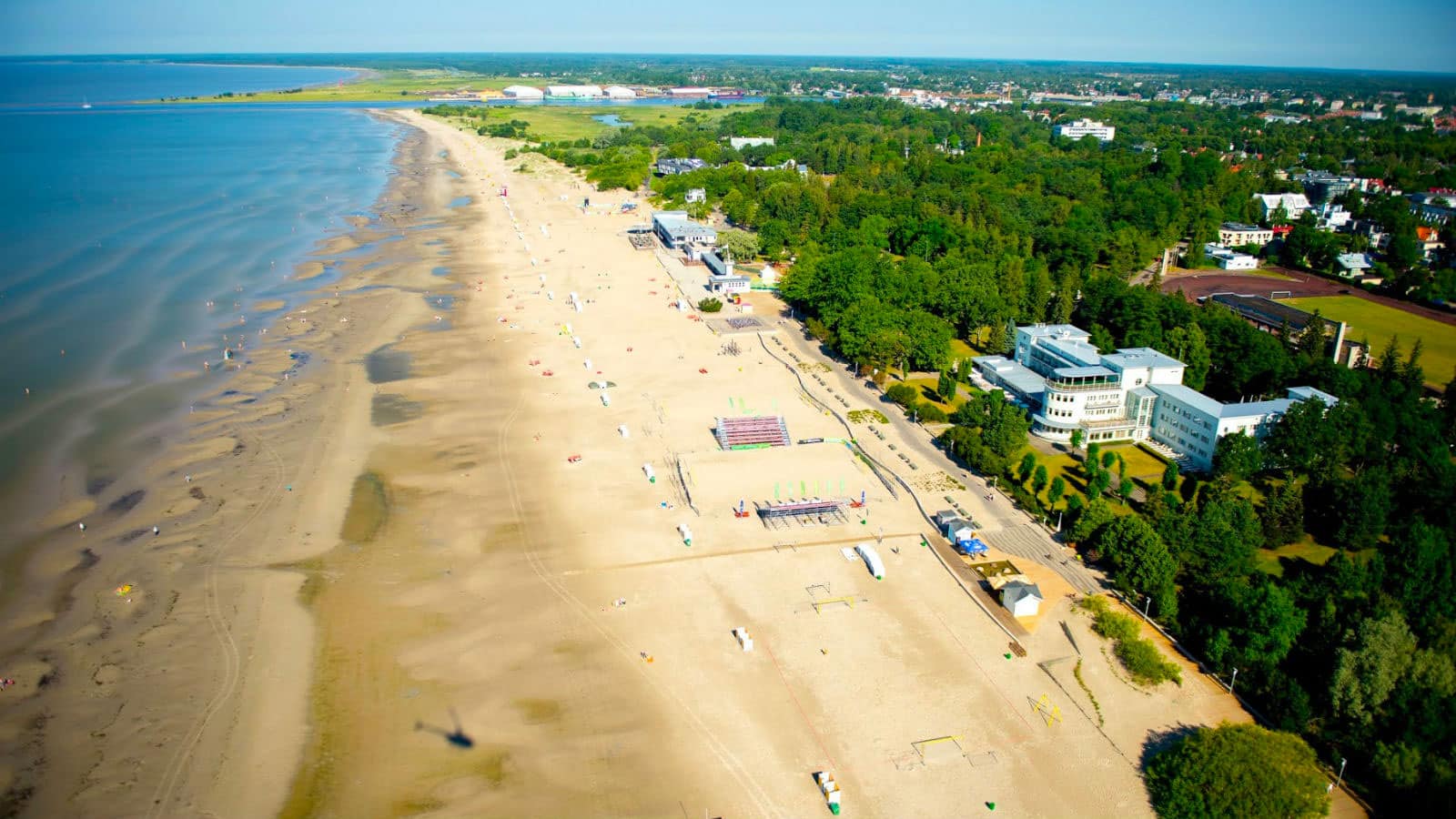
Located on the southwestern coast, Pärnu is Estonia’s main seaside resort and a popular summer destination. The city is famous for its sandy beaches, historic spas and a relaxed atmosphere. Pärnu has been known as a spa town since 1838, and is an excellent place to enjoy a regenerating vacation between the sea and wellness.
TIPS
For those arriving in Tallinn by plane it is also possible to reach the city by train. A public bus service is available in Pärnu, however the historic center, the beach and all the attractions are within walking distance of each other and can be reached quickly on foot.
LAKE VÖRTSJÄRVI
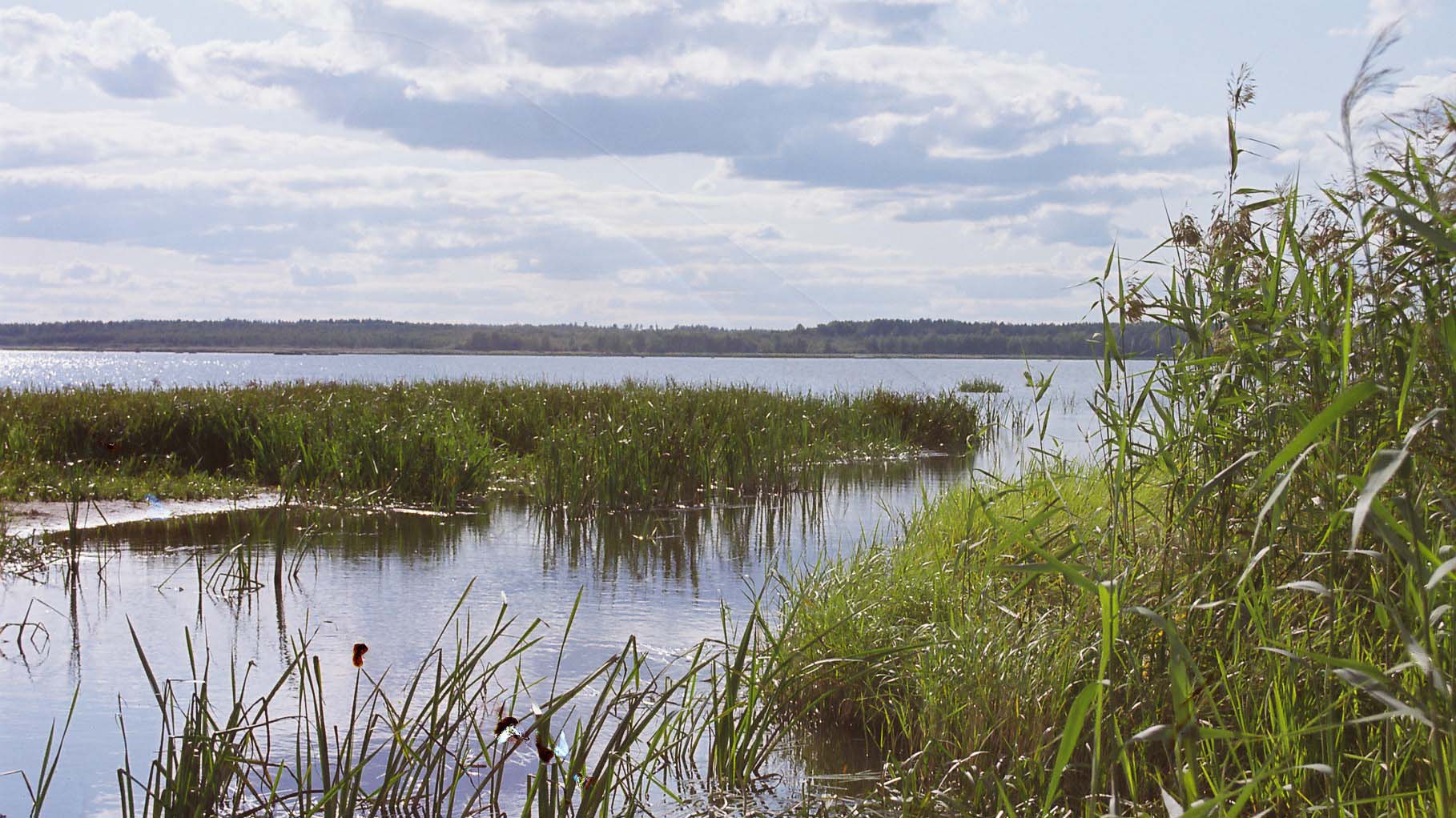
The second largest lake in the Baltic, Võrtsjärv, is an ideal stop for those who love fishing and water activities. With an area of over 270 km² and 35 species of fish, the lake is a true paradise for nature lovers. Numerous hiking trails and scenic lookouts allow you to enjoy the natural beauty of the area.
What to do
Estonia is an ideal destination for lovers of nature and the outdoor life. You only need to travel a few kilometers outside Tallinn to be off the beaten track. And it has few rivals for bear watching and other wildlife typical of Nordic countries.
BEAR WATCHING & WILDIFE
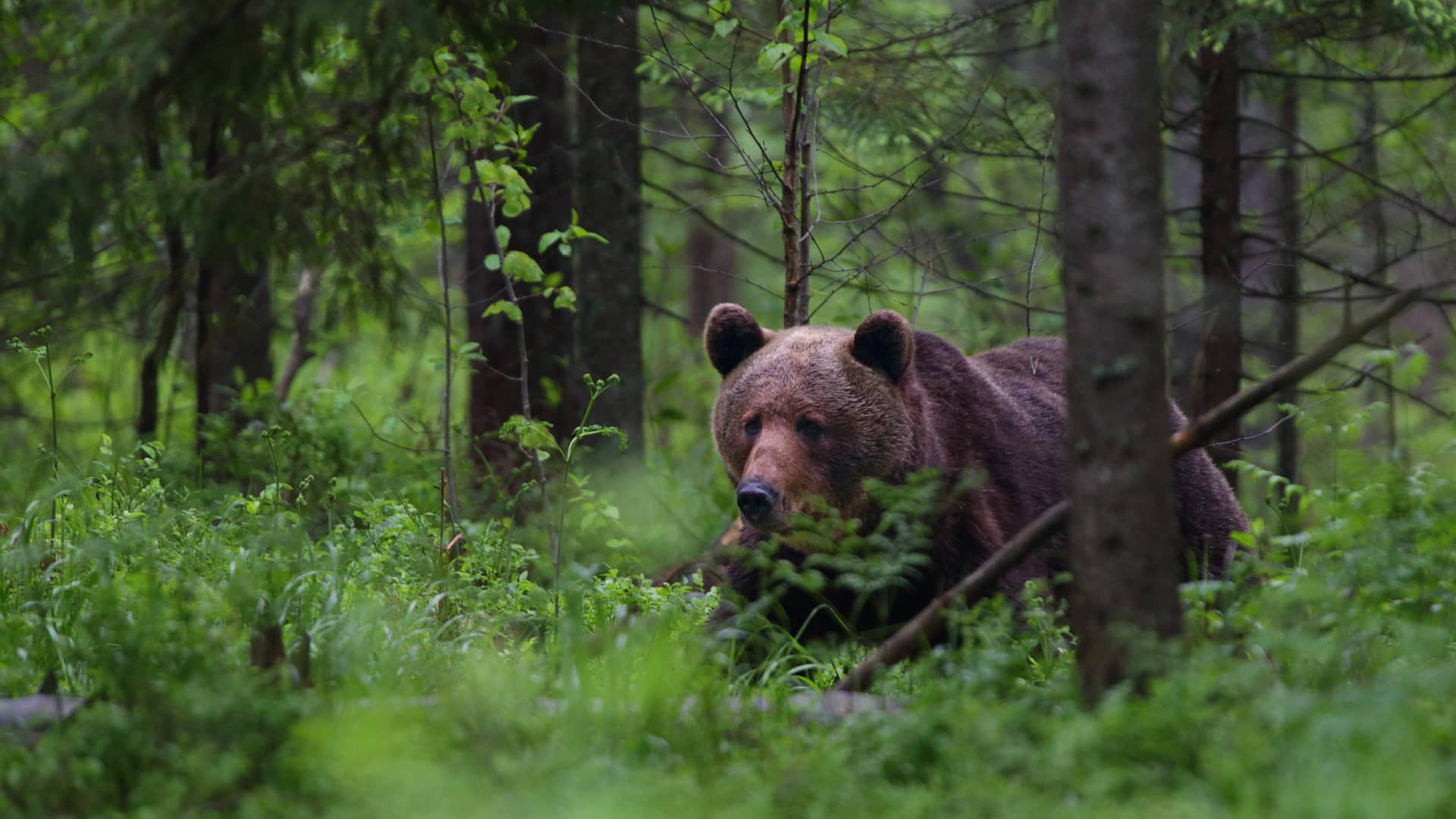
With around 30 people per km² (0.4 mi²), Estonia has one of the lowest population densities in Europe. This leaves plenty of space for wildlife: brown bears and moose are sometimes spotted even in the suburbs of Tallinn. For a better chance of seeing wildlife, join a tour in search of lynx and the elusive flying squirrel. Or book a stay in a bear shelter in Alutaguse, in the wild eastern part of Estonia.
Does that sound like too much of an adrenaline rush? Estonia is an underrated birdwatching destination. The variety of its landscapes and its position on the east-west and north-south migratory routes attract many feathered friends, including 10 species of owls, a handful of different woodpeckers, black and white storks, cranes and capercaillies. Winter attracts elegant Bewick’s swans, pretty caramel-colored Steller’s eiders and other water birds. Coastal national parks such as Matsalu and Vilsandi are exquisite places for bird watching.
TIPS
Spend at least one night in a bear watching hide.
CANOEING
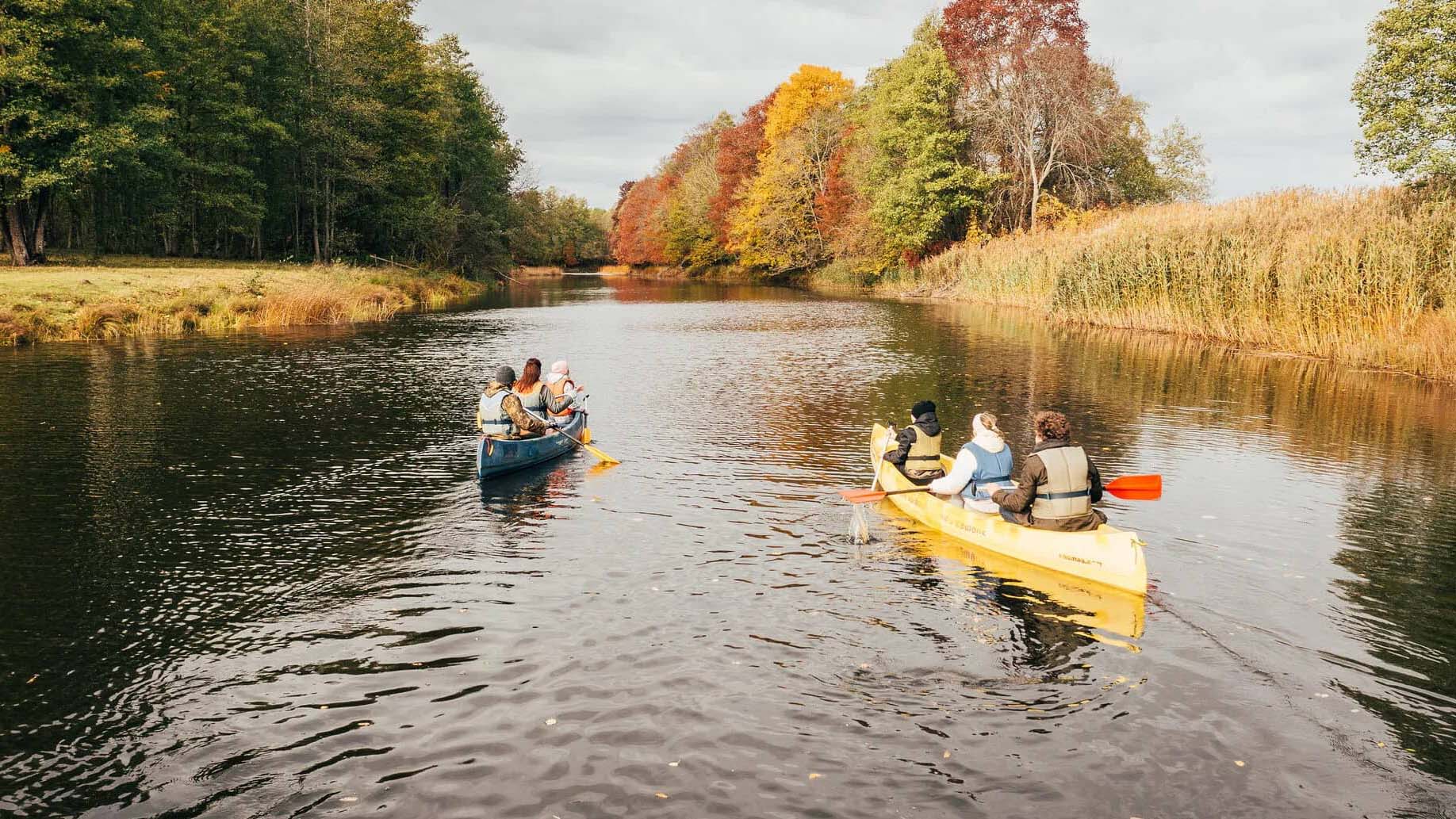
Soomaa (“land of the swamps”) is Estonia’s most primordial nature, a wild land of peat bogs and riparian forests where brown bears, wolves, lynxes and moose hide. Five rivers wind through this “Estonian Amazon” and to get around the locals traditionally use the haabjas, a hand-carved canoe. The best way to see Soomaa is from the water. The outdoor company Soomaa.com organizes multi-day kayak trips (as well as mushroom, sledding, peat bog and snowshoe excursions). The affable Aivar, who runs the program, makes the haabjas by hand.
TIPS
During the so-called fifth season (usually best experienced in March and April), when the snow and ice melt and the rivers are unable to drain the excess water in time, the water rises and floods the land. This is a spectacular opportunity to kayak through the forests and meadows of an aquatic world.
BOG WALKING

For centuries, peat bogs had a serious problem with their reputation in Estonia. They were scary places where criminals hid and evil spirits caused travelers to get lost. This attitude has completely changed. Today, peat bogs are the most popular landscapes in the country, where Estonians go for Sunday family walks.
The Viru and Riisa peat bogs (in the Lahemaa and Soomaa national parks) are the most popular. To avoid the crowds, you can go early, when wisps of fog veil the landscape, or you can choose one of the lesser-known peat bogs, such as Mukri, Tuhu or Marimetsa.
Are you in the city of Tallinn and don’t have time to go to the countryside? The urban peat bog of Pääsküla allows you to experience a similar landscape without leaving Tallinn. Hiking trails on wooden boards wind through all these peat bogs, limiting the ancient risk of sinking or losing orientation.
TIPS
In summer, don’t forget your swimming costume: no wild swimmer can resist a dip in a peat bog pond!
ISLAND HOPPING
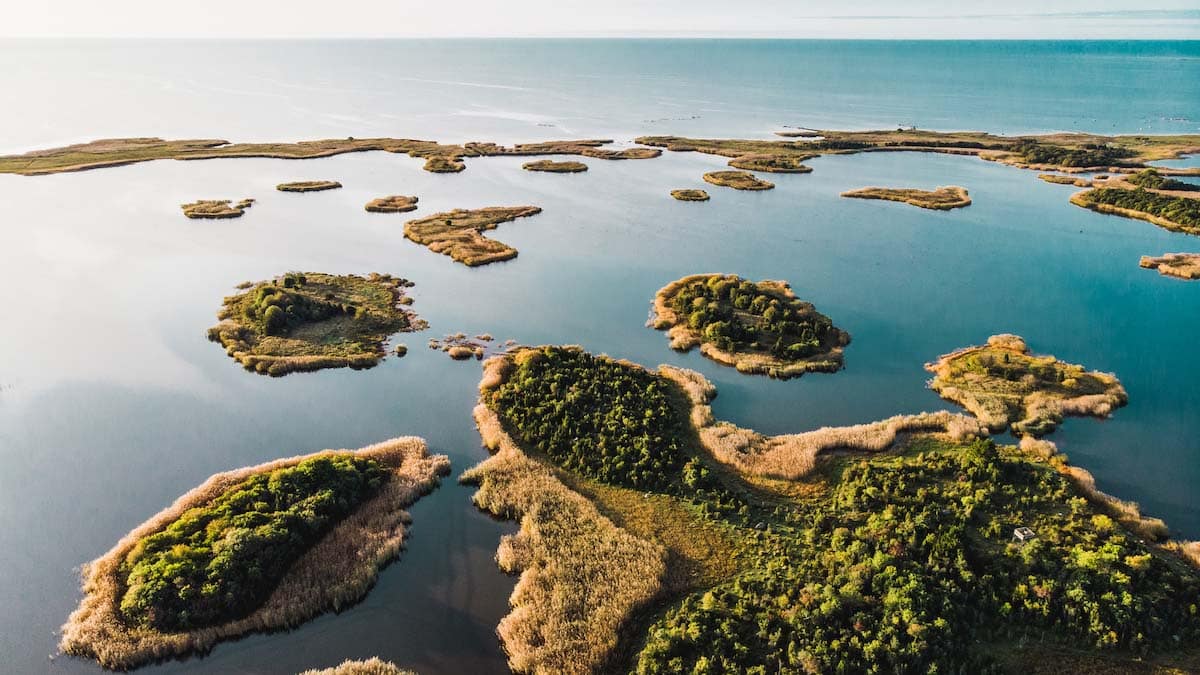
With an archipelago of over 2000 islands and islets, Estonia offers an unlikely opportunity for island hopping. The largest and most visited island, Saaremaa, will take you back in time. Expect ancient windmills and farmhouses, even older churches, a spectacular meteorite crater, a fairytale castle and enough juniper bushes to provide a medium-sized capital city with gin for all eternity. Resourceful islanders, fiercely proud of their home, will welcome you to one of the many spas: no wonder Saaremaa is nicknamed Spa-remaa.
TIPS
Don’t skip the smaller islands. They’ll give you the feeling of being surrounded by water and are often small enough to explore by bike or even on foot. So take a ferry to Ruhnu, Aegna, Naissaar, Vormsi or Kihnu. The latter, off the coast of Pärnu, is known as a matriarchal society: while the men were out at sea fishing, the women managed the island.

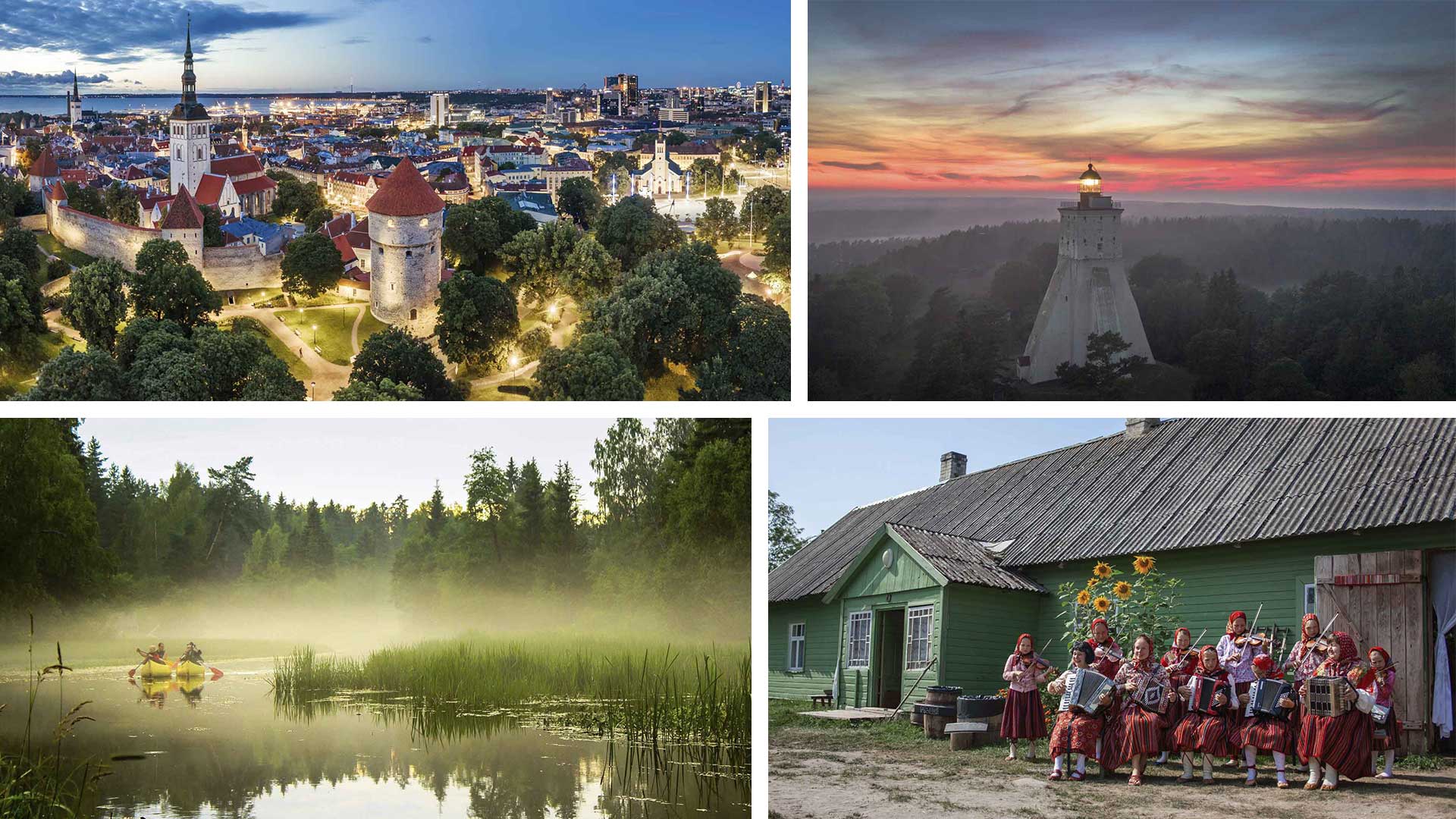

Comment (0)